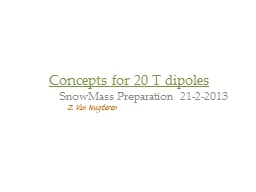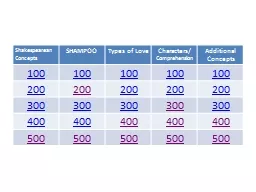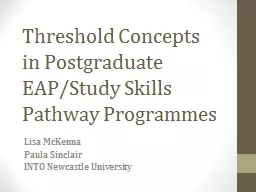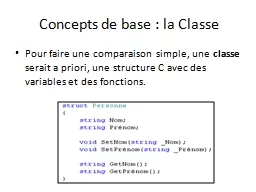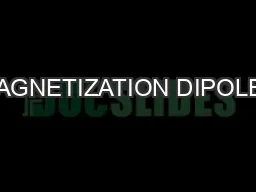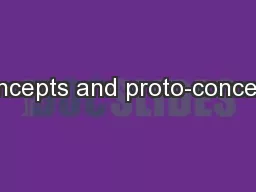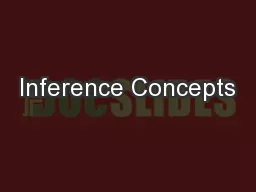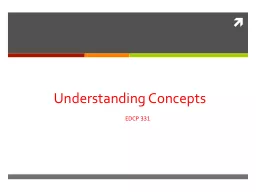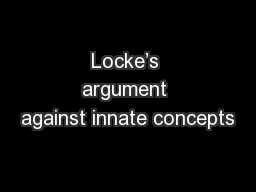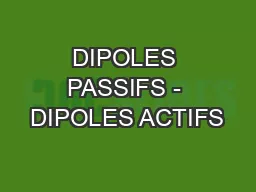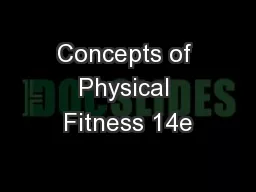PPT-Concepts for 20 T dipoles
Author : test | Published Date : 2016-02-27
SnowMass Preparation 2122013 J Van Nugteren We want a new 20T Dipole Higher energies to f ind new fundamental physics So we can improve our understanding of
Presentation Embed Code
Download Presentation
Download Presentation The PPT/PDF document "Concepts for 20 T dipoles" is the property of its rightful owner. Permission is granted to download and print the materials on this website for personal, non-commercial use only, and to display it on your personal computer provided you do not modify the materials and that you retain all copyright notices contained in the materials. By downloading content from our website, you accept the terms of this agreement.
Concepts for 20 T dipoles: Transcript
Download Rules Of Document
"Concepts for 20 T dipoles"The content belongs to its owner. You may download and print it for personal use, without modification, and keep all copyright notices. By downloading, you agree to these terms.
Related Documents

